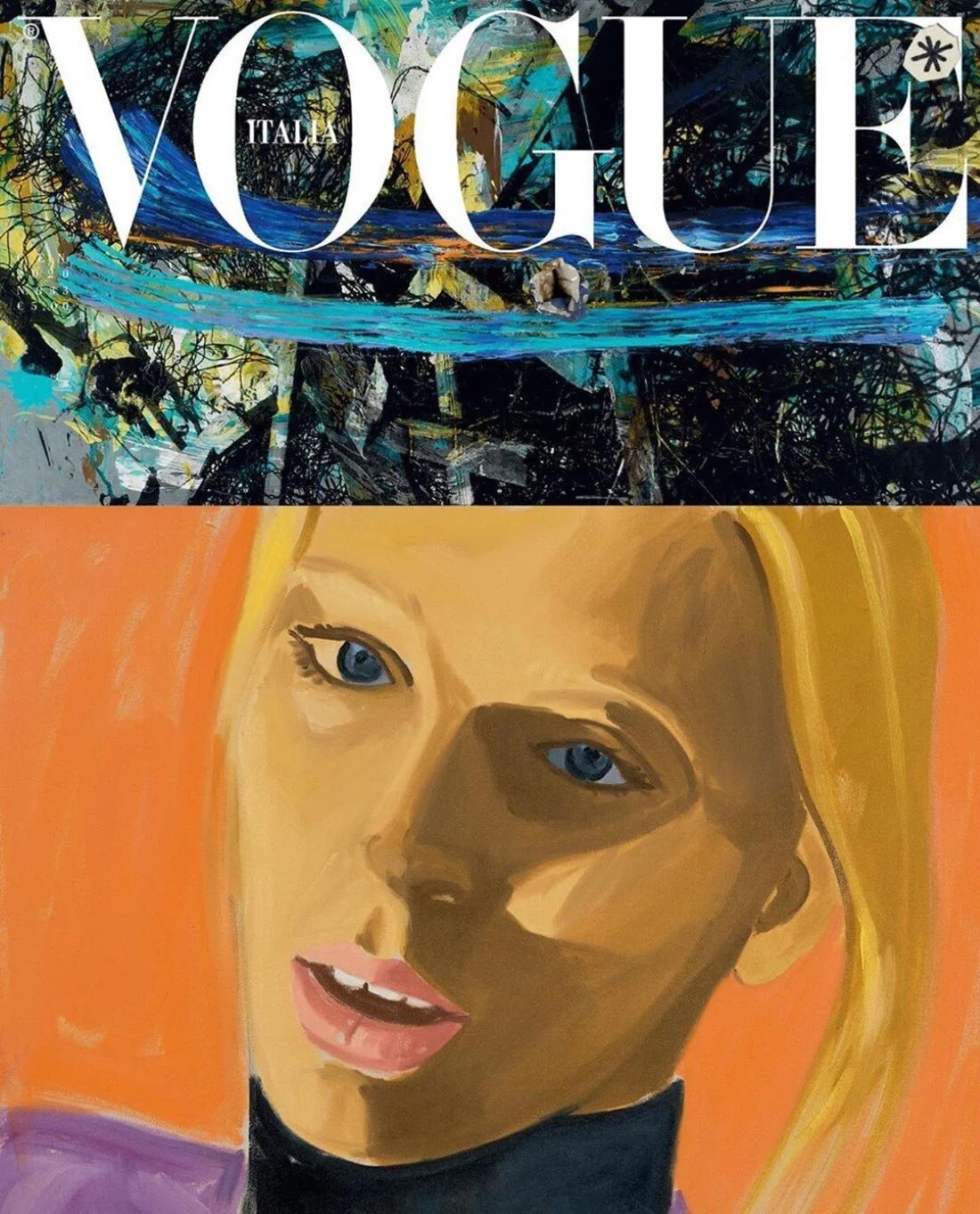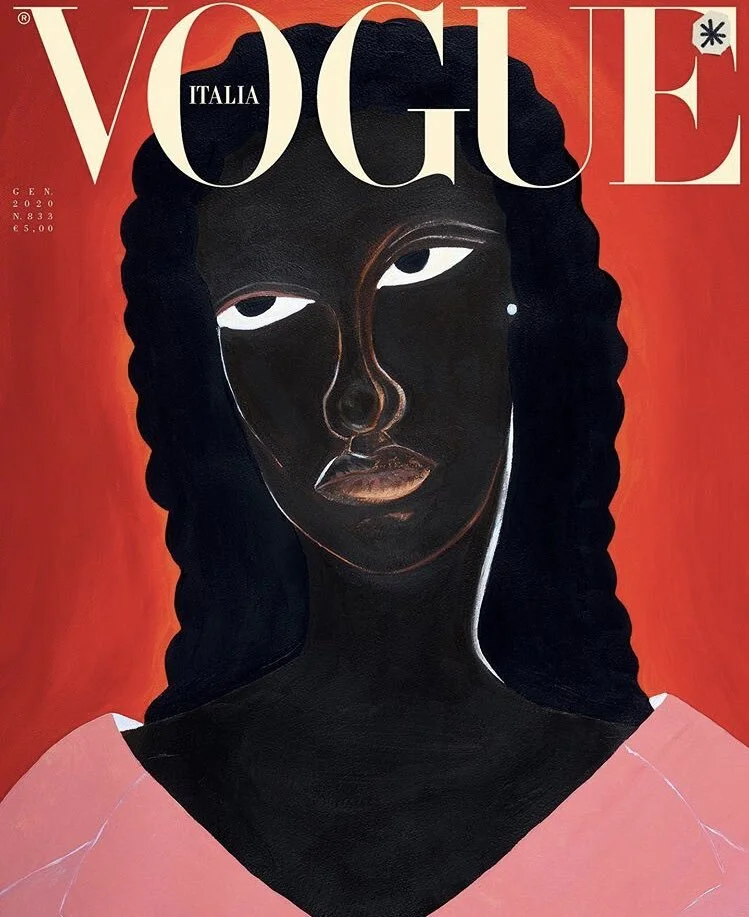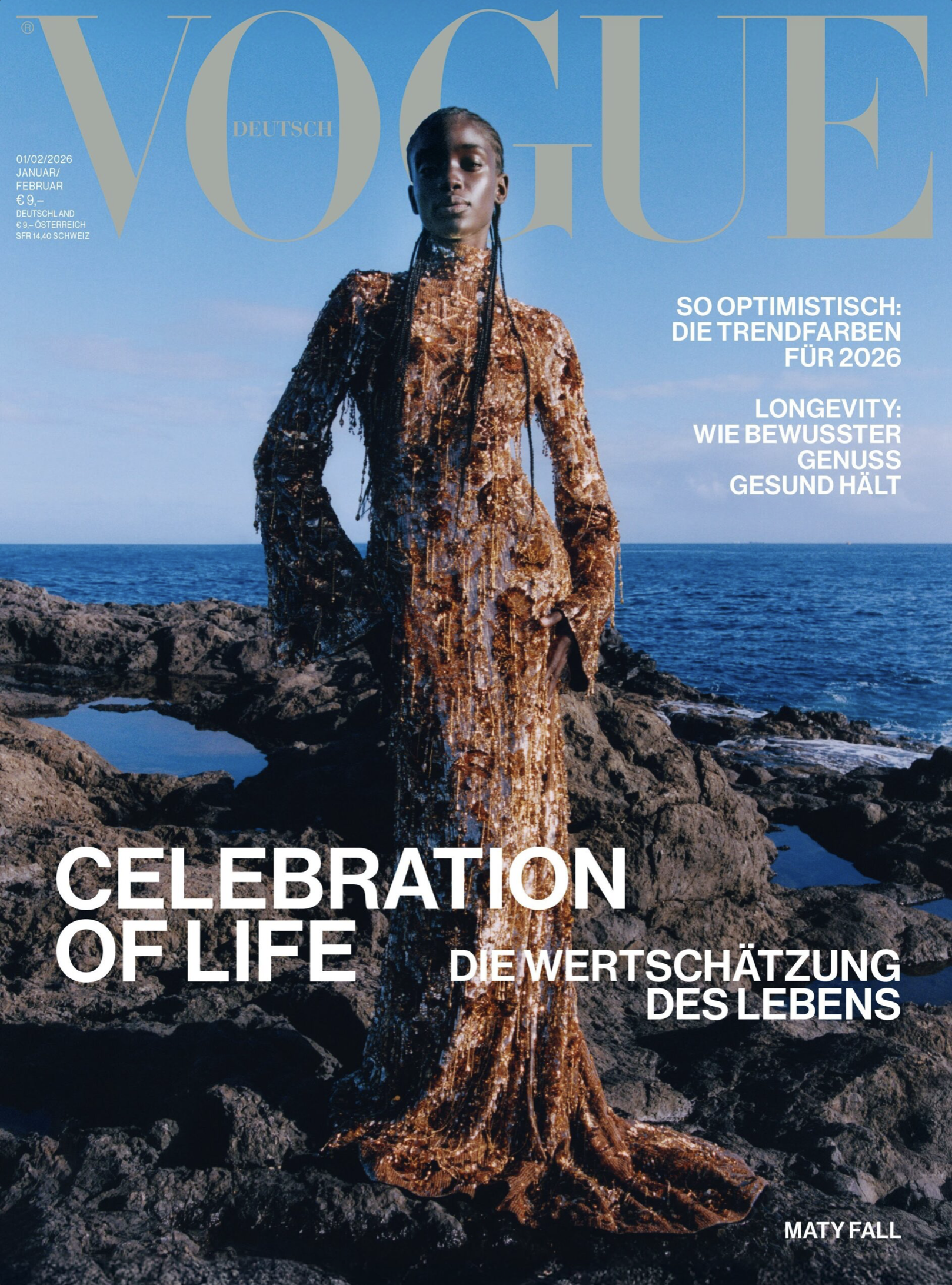Vogue Italia January 2020 Makes Sustainability Statement With No Fashion Shoots
/What’s a fashion magazine without photo shoots, generally produced with an army of the photographer, the stylist, the hairdresser and makeup person. These are all key people — with the model or featured persons, of course — in the production of a fashion shoot.
Over the years, we’ve seen an explosion of people working on a fashion shoot. The stylist may be working with the magazine’s fashion director, and then the creative director — in contrast to all these other creatives — swoops in — and don’t forget the casting director for a single-model shoot. Everyone has assistants — and TRUE, sometimes an assistant to the assistant — or as we affectionately write: the assistant in charge of the wind machine.
It’s impossible to know how photographers like Richard Avedon or Irving Penn survived as top photographers without a cast of thousands.
Vogue Italia editor-in-chief Emanuele Farneti devotes his January 2020 note to readers to describe what it took to produce the September issue with original photographs:
“One hundred and fifty people involved. About twenty flights and a dozen or so train journeys. Forty cars on standby. Sixty international deliveries. Lights switched on for at least ten hours nonstop, partly powered by gasoline-fuelled generators. Food waste from the catering services. Plastic to wrap the garments. Electricity to recharge phones, cameras …”
Taking responsibility for his own contribution to polluting the planet emerged on Vogue Italia’s website as part of the international Vogue editors pledge to help “preserve our planet for future generations” and show respect “for our natural environment.”
“Declarations are not enough,” Mr Farneti says. “It’s very important that you actually act.”
Indeed, that is a key question for the fashion industry and Conde Nast, in particular, now that its global editors have signed onto the pledge. What does is mean for fashion magazines to “preverse our planet for future generations”, while showing respect “for our natural environment”?
The January 2020 issue of Vogue Italia, on newsstands January 7, comes with seven different covers, each one depicting a model wearing Gucci and all featuring a single phrase: ““No photo shoot production was required in the making of this issue.”
The New York Times writes that the January issue is “probably the boldest” of Mr. Farnetti’s stunts thus far. Still, it is a stunt but one that Farneti argues is designed to provoke conversation.
“I think that the most honest way to face a problem is starting by admitting it,” he said, referring back to the environmental expenses he listed in his editor’s letter. “That was our way to say that we know we are part of a business that is far from being sustainable.”
The editor points out that said that in 2020, Italian Vogue will be among the first of Condé Nast’s international publications to use 100 percent compostable plastic wrapping. It seems that what we lack — even as readers — is a sense of scale. In the totality of a fashion magazine’s environmental footprint, is compostable plastic wrapping a 1% solution or a 1/10th of 1% solution to the magazine’s overall environmental impact.
Has Conde Nast corporate actually done an in-depth study of what sustainability steps it can take to reduce its carbon footprint by even 20% in the next five years. Such an improvement is small scale to what our young people and climate activists are demanding.
How exactly will Conde Nast evaluate the success of its environmental values initiative? None of us know the answer to that question.
Farnetti writes that the money saved from having no photo shoots will be donated to Fondazione Querini Stampalia, a cultural center and library in Venice that was damaged in November by severe flooding. The magazine will not disclose the amount of the donation or even if it has been made, according to the Times.
This conversation is to be continued. Bashing people who say they are trying to move forward is not the AOC way, especially in the early days of a new decade. We’re listening — and also watching, as inferred by the NYT — to see how this values-driven Conde Nast initiative rolls forward.
Assa Baradji by Delphine Desane for Vogue Italia January 2020
Felice Nova Noordhoff by Paolo Ventura for Vogue Italia January 2020 Sustainability issue.
Lindsey Wixson by Yoshitaka Amano for Vogue Italia January 2020
















